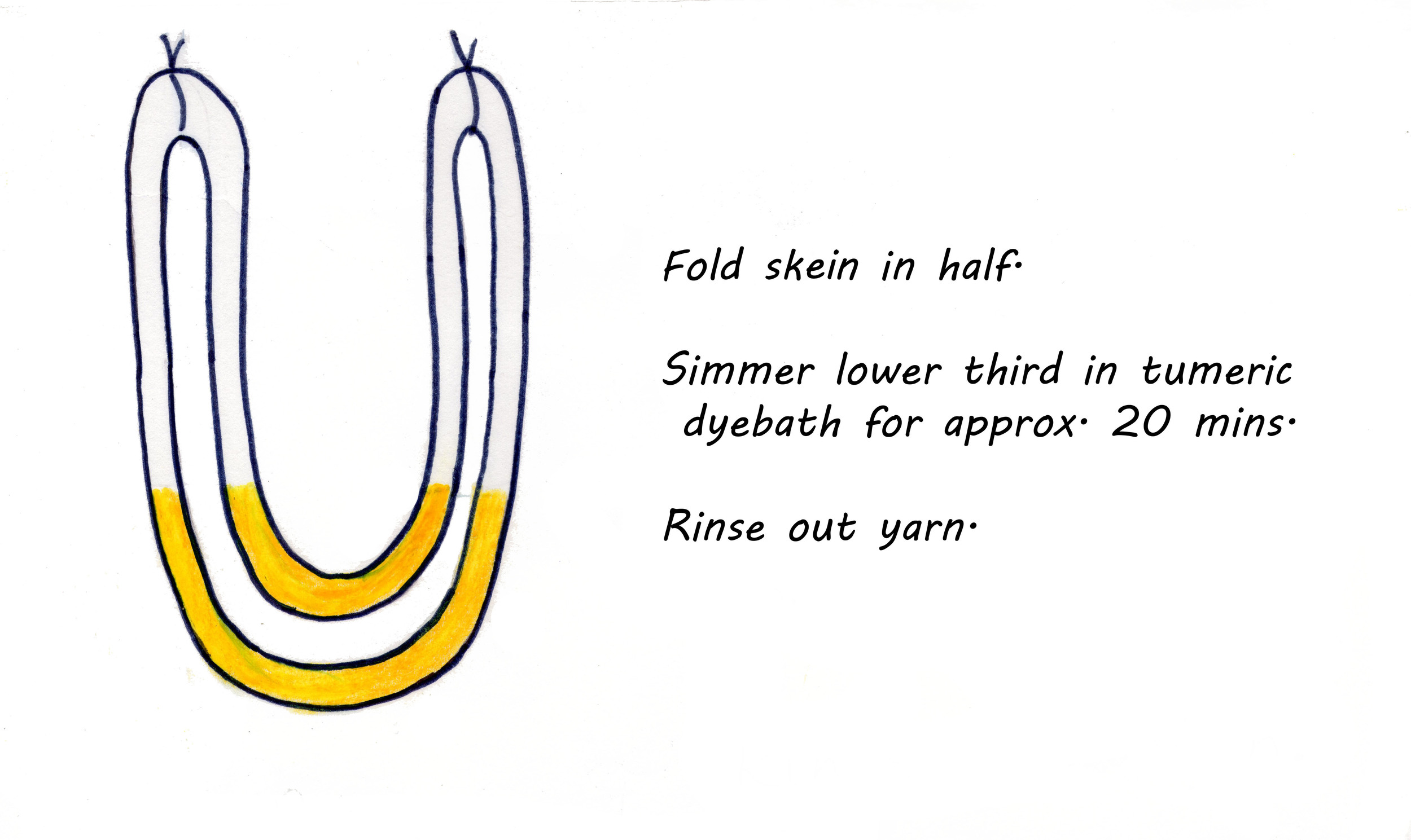In the pursuit of purples and blue using natural dyes I noticed a plant when I was on holidays on the Mid-North coast with dark purple foliage. The plant is used commonly in that neck of the woods in road side plantings on roundabouts and also in home gardens such as my mother in laws.
Although it is an exotic I thought I'd give it a try and see what colours I can get from it so I collected some leaves as well as a small plant to bring home. I have planted the plant in my garden. ( Hope it survives the frosty Canberra winter, although I doubt it!) I have done some experiments with the leaves; here are the results.
Alternanthera dentata
Boiled with Alum
The first method I tried with this plant was boiling. The yarns were pre-mordanted with Alum. It started off promising but furious boiling seemed to strip out the pink tones and I was left with a dirty orange colour.
Perhaps more steeping and less furious boiling is the way to go.
Promising start to boiling... the colour changed considerably the longer it boiled.
Final colour after boiling for about 30 minutes.
Solar Dyed with Vinegar
In the height of the Australian summer on days of 35 degrees or more it did not take long to see results from the solar dyeing. I was amazed at the result! Such a vibrant magenta pink after about 3 days in the sun. There still seemed to be pigment in the water when I removed the first skein after 3 days so I put a second skein in and left it for a further 3 days resulting in a paler pink colour.
My solar dyeing jar.
Solar dyeing after 1 day.
The finished colour after 3 days.
The yarn in the centre is a second dyeing from the solar dyeing jar.
There are more experiments I'd like to try with these leaves, I need to wait till they grow a bit though! I am still hoping I can push it to more purple tones but only time and experimentation will tell.
























